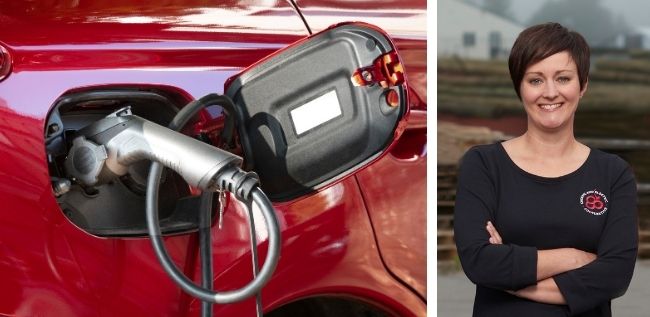February, the month of love and Hallmark holidays. While it’s always nice to be remembered on Valentine’s Day, it’s really all the other days that matter. And, on those days, it’s often the little things that count.
We all have certain chores that we hate doing. For me, that’s going to the gas station. I don’t know why, but I hate putting gas in my car. Lucky for me, I have an awesome husband, and he diligently keeps my car gassed up. And I don’t mean occasionally. I mean almost every time I’ve needed gas since 2005. Where’s the Hallmark card for that?
Those of you who follow Country Lines will know that we are very excited about electric vehicles (EVs) at Cherryland. They will allow us to sell more electricity, which will help keep your rates stable, and they are the only viable pathway to a carbon-free transportation sector.
One of our board members recently shared a Wall Street Journal article about the battle over who will own public EV charging infrastructure. The debate’s crux is whether utilities or private sector entities should own the charging stations that will eventually succeed gas stations.
According to the Energy Department, these battles are being fought in regulatory commissions throughout the U.S., which currently has fewer than 100,000 public charging stations. That number will rise as EVs become more prevalent and transportation electrification paves the way toward a reduced carbon future.
While all these entities fight over who will own and profit from public charging, do you know who is actually going to be charging your future EV? Us, Cherryland Electric Cooperative, the utility that currently powers your home or business. Not because we’ll operate the charging stations, but because you’ll rarely use the charging stations.
All of these large utilities and private-sector investors are fighting for their piece of a pie that will shrink as more people charge primarily at home.
And that’s a good thing, not just for you, but for the U.S. electric grid. If the entire U.S. fleet were electrified, it would require about 1.38 trillion kWh to charge. We have the capability to generate that electricity as long as the demand for electricity is timed correctly.
If we tried to generate that all at once with high-speed charging, we would need 10 times more electric capacity than we have. But, if we spread it out over the day when people are working and overnight when people are sleeping, we can make it work.
Don’t get me wrong, we still need to build new electric generation. We need to replace the old generating facilities we are retiring and to serve our future electric needs. The point is, we aren’t going to charge the EV fleet with a “gas” station on every corner.
Envision a world where you pull into your garage every night with “half a tank” and leave every morning “topped off.” That’s what the EV future looks like and I, for one, can’t wait. My husband is pretty excited, too.



Leave A Comment